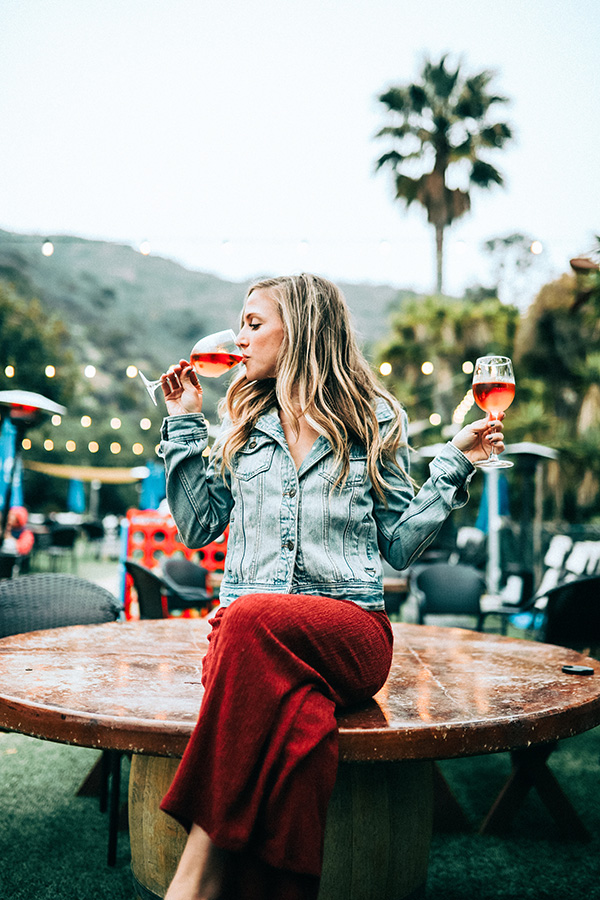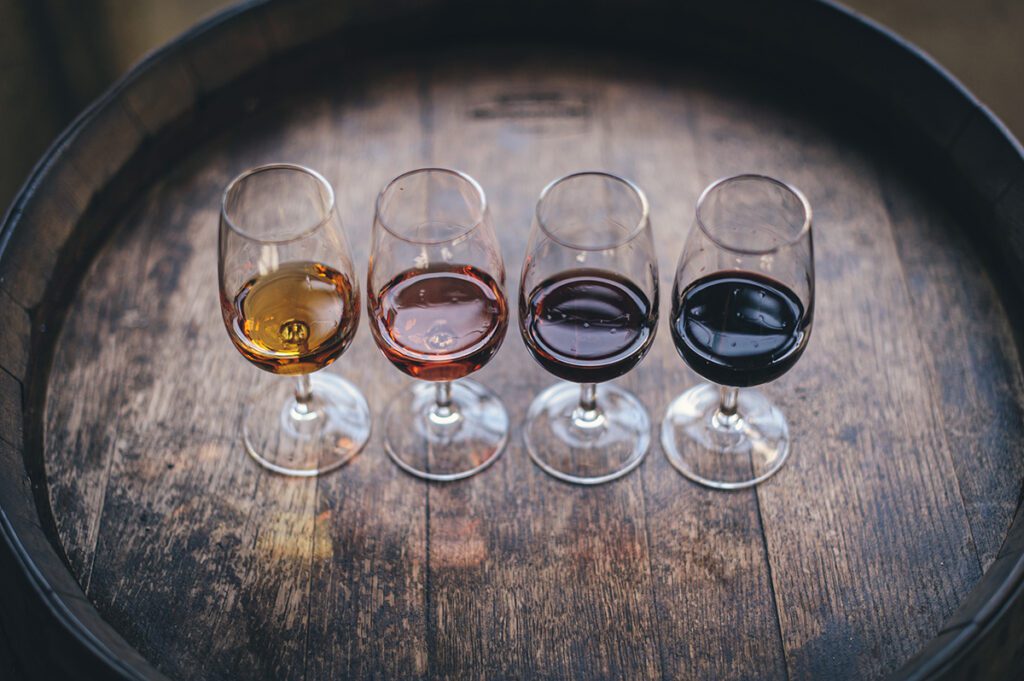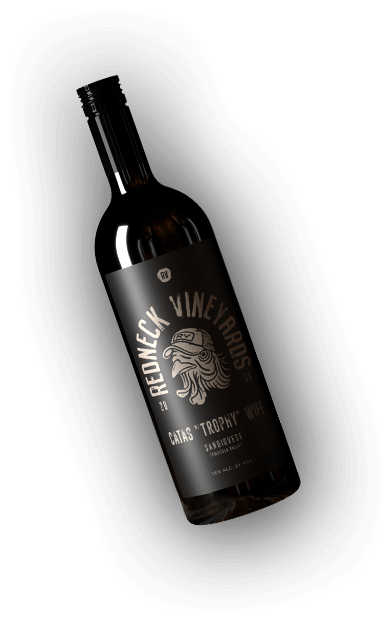Wine, Wine Tasting
Wine Tasting – The Right Way
Don’t act like a rookie and gulp wine down like it’s a cup of grape juice—learn wine tasting the right way.
Wine tasting is like a ballet. When expertly choreographed and performed, a ballet is breathtaking and delightful to witness. But if you show up to a ballet late and barely take notice of the graceful movements executed, you’ll miss much of the intended enjoyment the show had to offer. Similarly, when a wine is exquisitely made and presented, it is a heavenly experience. But if you don’t “show up early” and take the time to look, swirl, smell, and taste the wine properly, you’ll dampen the artform a glass of wine offers.
Avoid missing out on the beauty wine extends to you and learn how to taste wine the right way. There are two main things within your control that can heighten or ruin your wine tasting experience: glassware and temperature. If you’re attending a Temecula wine tasting or a tasting at a winery, then you won’t be responsible for these variables. But if you’re at home or throwing a wine tasting event, then you need to step up to the plate—or in this case, the glass.
First things first: glassware
Proper glassware isn’t just whatever wine glass you lay your eyes on first. It may seem like a trivial matter. What other drink requires specific glassware? But with wine, it does matter. In fact, improper glassware can affect the aromas you take in and distort your perception of its intended taste. Therefore, it’s important to read up on the best glassware for every type of wine before moving forward.
However, if you’re simply downing wine for its “therapeutic benefits,” a red solo cup will do the job just fine.
Second things second: temperature
As mentioned above, temperature is the second part you need to manage in order to create optimal wine tasting conditions. A surprisingly large amount of people drink red wine at room temperature and white wine straight from the fridge. But this is a bad practice.
Drinking wine at the wrong temperature can obscure the aromas, emphasize the taste of alcohol, and flatten the flavor of the wine. The best temperature for drinking wine varies based on the type of wine. With a basic guideline and thermometer, achieving the ideal temperature is easy to accomplish.
Now, the art of wine tasting
With glassware and temperature taken care of, all that’s left is the actual tasting process. Thankfully, this is the part that can be compared to enjoying a riveting ballet. The art of wine tasting can stir your senses with satisfying effects.
There are four main ways to arouse these pleasurable effects during wine tastings: look, swirl, smell, and touch.

Look
To fully appreciate and evaluate the appearance and color of a wine, hold your glass up against a white background. A table cloth or napkin will do. Look for the depth of color, hue, and clarity. Red wines range from deep purple to brick red while white wines go from lemon gold to golden amber. A glass of well-made wine can be quite an enticing sight.
Swirl
Many people often skip the swirl, but it adds to the wine tasting experience. Place the glass on a flat surface, grab the bottom of the stem, and swirl it. Swirling increases the surface area of the wine and aerates it to release more of its aromas. So take a good sniff and enjoy its tantalizing aromas.
Smell
Whether you’re swirling or not, take the time to enjoy the various aromas your wine gives off. Stick your nose down into your glass and take a deep breath. Older wines have subtler scents, while younger ones are often much stronger. Pay attention to what it smells like. Is it fruity, woody, pungent, floral, spicy, nutty, or chemical? Take time to think it through.
Taste
Here’s the moment you’ve been waiting for—tasting it. How to taste wine properly requires concentration and focus. Take another sniff and then fill your mouth about ½ full and gently swish the wine around. When you move the wine around in your mouth, its aromas are further released and coat your mouth. The movement also warms up and aerates the wine, which helps it release its flavors.
What to watch out for
Unfortunately, not all wine is good. Sometimes you’ll pop open a bottle of wine you’ve saved, only to discover a musty odor wafting out. The bottle you were so excited to drink just a moment before has now become an object of disgust. What happened?
Well, just as the ballet is a fragile art form, wine is a delicate liquid. The smallest variables can disturb the inviting look, smell, and taste a good wine delivers.
Some clear signs that you have tarnished wine includes:
- A musty, wet cardboard scent
- A dull or cooked taste
- A decayed odor
- A brownish appearance
These symptoms can be developed from heat, yeast, oxidization, or tainted corks. In order to avoid a wave of disappointment when you open your wine, make sure you don’t store it for more than six months. Most wines do not get better over the years and are meant to be drunk shortly after purchase. So if you’re planning on hanging onto a rare bottle for a special occasion, make sure you know how to store wine the right way to preserve its taste, smell, and color.
That way, now that you know how to taste wine, you’ll be able to enjoy your wine the way it was intended to look, swirl, smell, and taste.
Interested in attending a Temecula wine tasting? Visit Sweet Oaks and have our winemaker walk you through the best wine tasting of your life!




The article was interesting but it was not complete .It cut off where the discussion is of it being like ballet .